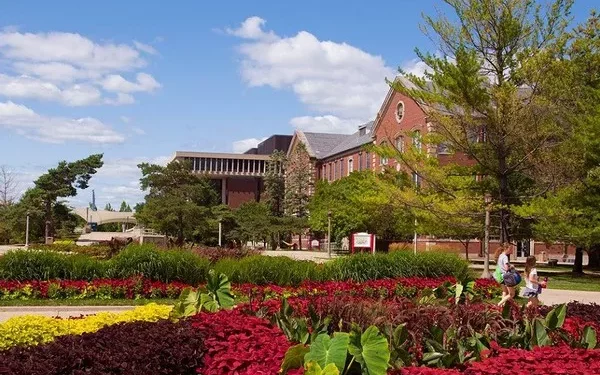Seeking medical treatment in the United States is a decision that requires careful planning and consideration, especially when it comes to obtaining the necessary visa. In this comprehensive guide, we will walk you through the steps and requirements to get a US visa for medical treatment, ensuring you have the information you need to navigate the visa application process successfully.
1. Determine the Appropriate Visa Type
Before applying for a US visa for medical treatment, it’s essential to identify the correct visa category that aligns with your purpose of travel. The two primary visa categories for medical treatment are:
a. B-2 Tourist Visa: If your medical treatment is of a temporary nature and you plan to return to your home country after treatment, the B-2 tourist visa may be suitable. You will need to provide documentation of your medical condition and treatment plan.
b. B-1/B-2 Combination Visa: In some cases, individuals may require a combination of the B-1 (business) and B-2 (tourist) visas if their treatment involves both medical care and other business-related activities.
2. Consult a US-Based Medical Facility
Before applying for a visa, it is advisable to consult a medical facility in the United States that specializes in the treatment you require. They can provide you with:
a. Medical Documentation: Detailed medical records, treatment plans, and a letter explaining the necessity of the treatment in the United States.
b. Cost Estimates: An estimate of the anticipated costs for your medical treatment and related expenses.
3. Complete the Online Visa Application (DS-160)
Visit the US Department of State’s Consular Electronic Application Center and complete the DS-160 form. Ensure that you have all necessary documents and information at hand, including your passport, travel itinerary, and a digital photograph meeting the specified requirements.
4. Pay the Visa Application Fee
Pay the non-refundable visa application fee, which varies depending on the visa category and country of application. The fee payment process is typically available on the US embassy or consulate website in your home country.
5. Schedule a Visa Interview Appointment
Once you have paid the visa application fee, schedule an appointment for a visa interview at the US embassy or consulate nearest to you. Be prepared to provide essential documentation, including:
a. DS-160 Confirmation Page: Printed confirmation page from the DS-160 application.
b. Passport: Your passport must be valid for at least six months beyond your intended stay in the United States.
c. Photograph: One recent passport-sized photograph that meets the specified requirements.
d. Appointment Confirmation: A printout of your visa interview appointment confirmation.
e. Medical Records and Treatment Plan: Detailed medical records, treatment plans, and a letter from the US-based medical facility explaining the necessity of your treatment.
f. Financial Documentation: Proof of your ability to cover the costs of medical treatment and related expenses, such as bank statements or sponsorship letters.
g. Ties to Your Home Country: Documentation demonstrating your strong ties to your home country, such as employment, family, or property ownership.
6. Attend the Visa Interview
Arrive at the US embassy or consulate on the date of your scheduled visa interview. Be prepared to answer questions about your medical condition, treatment plan, and financial capacity to cover the expenses. The consular officer will review your documents and conduct the interview.
7. Visa Approval and Entry
If your visa is approved, you will receive a visa sticker in your passport. You can then make travel arrangements to the United States for your medical treatment. Upon arrival, US Customs and Border Protection officers will inspect your documents and determine your eligibility for entry.
8. Compliance with Visa Terms
Ensure that you comply with the terms of your visa, including the duration of your stay and any additional conditions imposed during the visa interview. If you require an extension for medical treatment, you must apply for it with the US Citizenship and Immigration Services (USCIS) before your initial authorized stay expires.
9. Departure and Follow-Up
Once your medical treatment is complete, you must depart the United States before the expiration of your authorized stay. If follow-up or further treatment is necessary, you can explore visa extension options or reapply for a new visa as needed.
Conclusion
Obtaining a US visa for medical treatment involves careful planning, documentation, and compliance with visa requirements. By following these steps and working closely with a US-based medical facility, you can navigate the visa application process smoothly and access the necessary medical care in the United States stay informed about the latest visa application procedures and requirements by visiting the official website of the US embassy or consulate in your home country. Always consult with immigration professionals or legal experts for personalized guidance regarding your specific medical treatment and visa needs.
Related information:




















